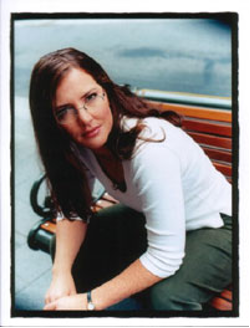 Where do you work and what does your role involve? I am the Assistant Head of Science at John Monash Science School, a selective entry secondary school (year 10-12) in Victoria. My role involves teaching a range of subjects from maths, science, chemistry, astronomy, and physics as well as facilitating science competitions and events. Students have the opportunity to participate in International Student Science Fairs and present their research projects to a wide audience. What type of physics did you train in? I completed a PhD in Surface Science from Murdoch University, WA. Most of my undergraduate and post-graduate studies were in x-ray spectroscopy and ultra-high vacuum systems. I worked overseas as a researcher in medical physics, investigating surface coatings for stents (heart implants) and preparing more durable diamond–like coatings for the International Space Station. How did physics get you into your current role? When I returned to Australia with my partner and 2 young children, I retrained as a teacher and have mostly worked as a physics specialist in senior secondary schools. The physics skills I learned have been valuable, but the organisational and communication skills of a research scientist have been advantageous in the classroom and school setting. How do you use your physics training in your current role? I support students to develop individual investigations and collect data in their science projects. Teachers also need to be able to collect and understand assessment data from their students. I use a lot of data analysis tools to explore how changes in teaching have impacted student learning. I am constantly questioning the effectiveness of our education system and am currently exploring how perceptions of physics are disengaging students, in particular girls. |
I went overseas without a post-doctoral position (following my partner) but introduced myself to the physics and chemistry faculty at the local university and explained my background and skills. They were welcoming but did not have any money for post-docs. However, while attending a public lecture I sat next to some engineering students who suggested talking to someone in the engineering department. I followed this up and managed to get a job in developing surface coatings for medical devices which was an amazing opportunity. The training I received in Surface Science was applicable over many different areas and later led to another job. I also had a great opportunity to visit both the Taiwan Synchrotron and the Canadian Light Source and used my skills to develop research projects using this equipment. Is there anything else you would like our readers to know? Physics skills are applicable in a range of areas and sometimes in unlikely places. Physics teachers have a great community in Victoria (VicPhysics) and will always have a secure job as there are not enough skilled teachers. Many of my colleagues have moved into teaching later in their careers and bring a range of experiences which encourage more students to study this subject. |
I am the Chief Data Scientist at Sintelix Pty Ltd, leading the research and development efforts in the field of natural language processing (NLP). Sintelix produces software designed to extract and visualise information from massive volumes of unstructured textual data. We are developing and integrating state-of-the-art machine learning algorithms into our NLP software infrastructure. Our goal is algorithm optimisation for seamless integration into commercial software. We must ensure that the algorithm excels with diverse inputs and operates efficiently across a broad spectrum of computer hardware, ranging from high-powered GPU-equipped servers to everyday laptops. What type of physics did you train in? I took up interest in quantum field theory at Yerevan State University, Armenia, where I wrote my final year diploma project on the Casimir effect. I earned my PhD in theoretical subatomic physics from Louisiana State University, USA. I worked on nuclear interactions of neutron stars and the quark-gluon structure of hadrons at the Thomas Jefferson National Laboratory. I then worked in research positions at Indiana University, USA, and the University of Adelaide. I explored the structure of strong-interacting subatomic particles and modelled experiments conducted at particle accelerators: COMPASS at CERN, Europe; Belle at RIKEN, Japan. |
Data science and analytics have become common career paths for physicists. I find that the common physics background eases communication of complex ideas and reduces the need of detailed descriptions of proposed methods, creating a dynamic workflow. The skills cultivated through physics training and research are directly applicable to my daily work. Physics training and research enables you to explore and comprehend intricate natural phenomena and translate them into abstract mathematical concepts. The skill to break down a complex problem into essential components is an invaluable skill in addressing any real-world problem, whether it's optimising schedules or forecasting sales. During my journey in physics, I had the privilege of meeting and collaborating with people from around the world. This experience is particularly valuable in the modern workplace, where we collaborate with colleagues from diverse heritages and backgrounds. Is there anything else you would like our readers to know? I enjoy performing experiments with my two daughters. It is a fun and interactive way of teaching them science. We are still perfecting our experimental skills, though, after painting a part of the kitchen ceiling pink and chasing a rogue leaf blower on wheels down the street! |
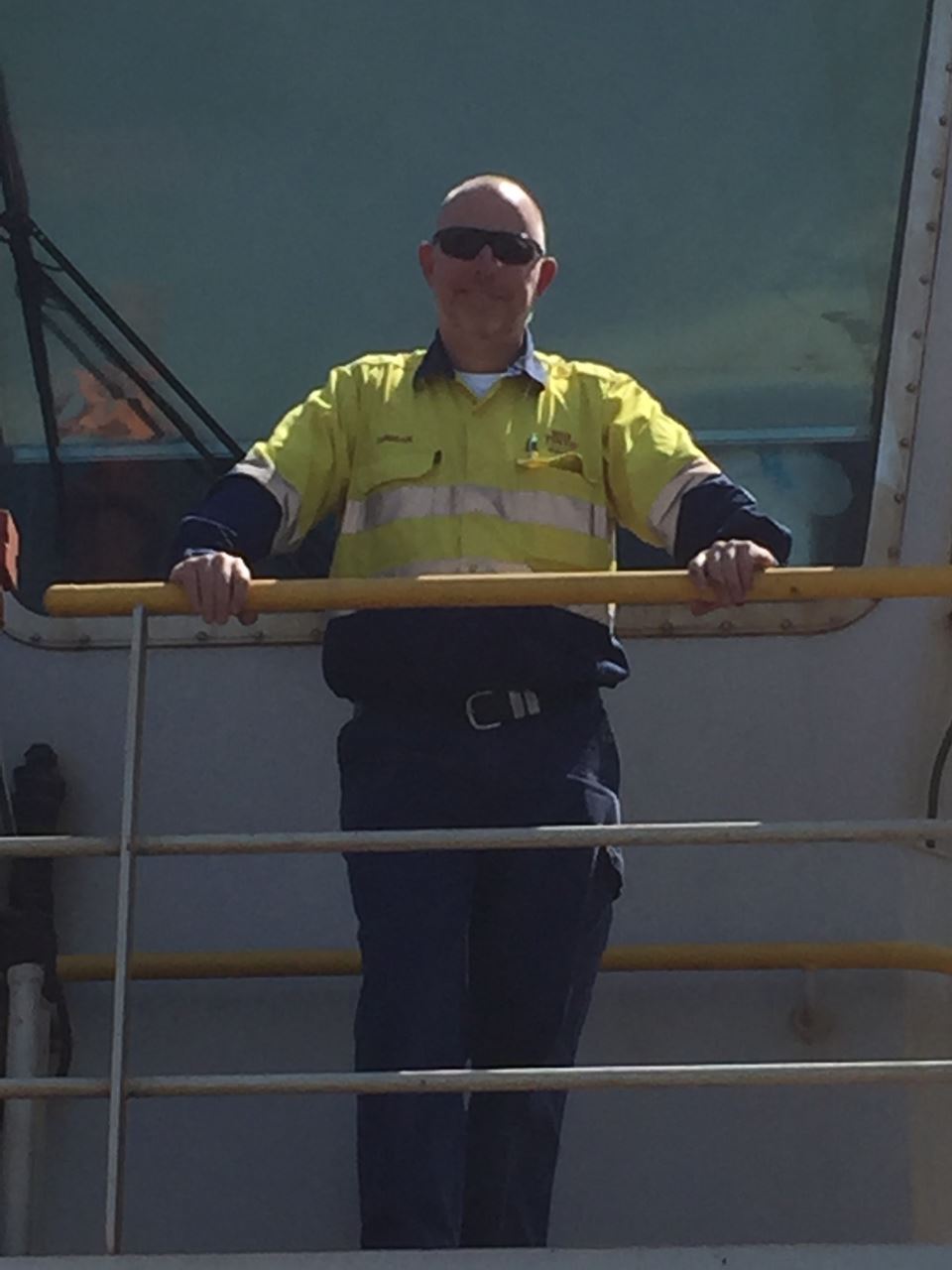 Where do you work and what do you do? I work for Rio Tinto, a multinational metals and mining company. I have had various roles in my time at Rio Tinto, focused on supporting rail and port operations. I am currently part of the Simandou project team, working on what will be one of the largest greenfield integrated mine and infrastructure investments in Africa, with more than 600 kilometres of new multi-use rail together with port facilities. Prior to joining Rio Tinto, I led international programs for a tech start-up which developed a patented solution for real-time detection of fatigue cracks in metals and composites. The company focused on aviation, with my role supporting Airbus, Embraer, and several Air Forces. What type of physics did you train in? I initially chose to study physics to become an astronomer. During the later stages of the undergraduate programme, I was convinced to change to atomic and molecular physics, developing an apparatus to measure electron clouds surrounding noble gasses and simple molecules. I was fortunate to be mentored by Prof. James (Jim) Williams and be surrounded by a small team of like-minded individuals, eventually completing a PhD on a novel and challenging instrument. | 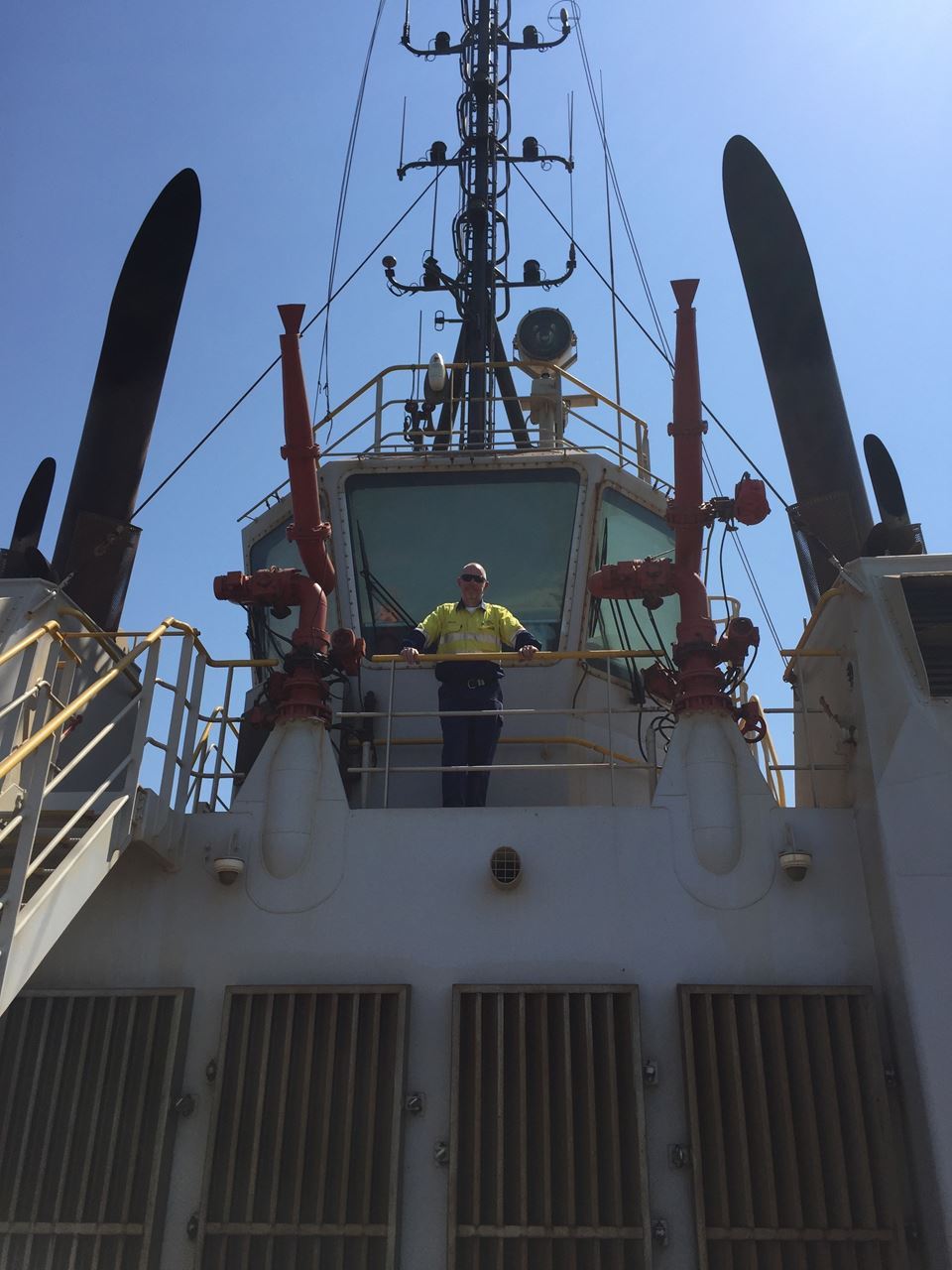
How do you use your physics training in your current role? My career has taken a meandering path. I got my first ‘real’ job at a tech start-up who were looking for a physicist with a background in vacuum and electronics. I was given the opportunity to work across the globe and develop my program management skills in both research and development and real-world projects (including a small part in the certification of the Airbus A380). My current role requires the ability to work in a complex environment, with competing demands and divergent needs from multiple stakeholders. Physics provides the foundation of how I approach the challenges we are trying to overcome. The ability to work through a complex problem, which you cannot see, feel, or touch, and to simplify it into manageable ‘chunks’ is a core skill developed in a physics degree. Physics trained me how to think through problems at a deeper level, to be naturally curious, and to continue to ask 'why'. What is one piece of advice you would give a new physics graduate? Physics can truly take you in multiple directions … if you let it. Grasp opportunities when offered, even if they feel uncomfortable at the time, and who knows where you will end up. |

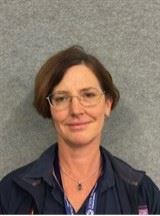 Was there a particular moment in time when you realised your physics training had been especially valuable?
Was there a particular moment in time when you realised your physics training had been especially valuable?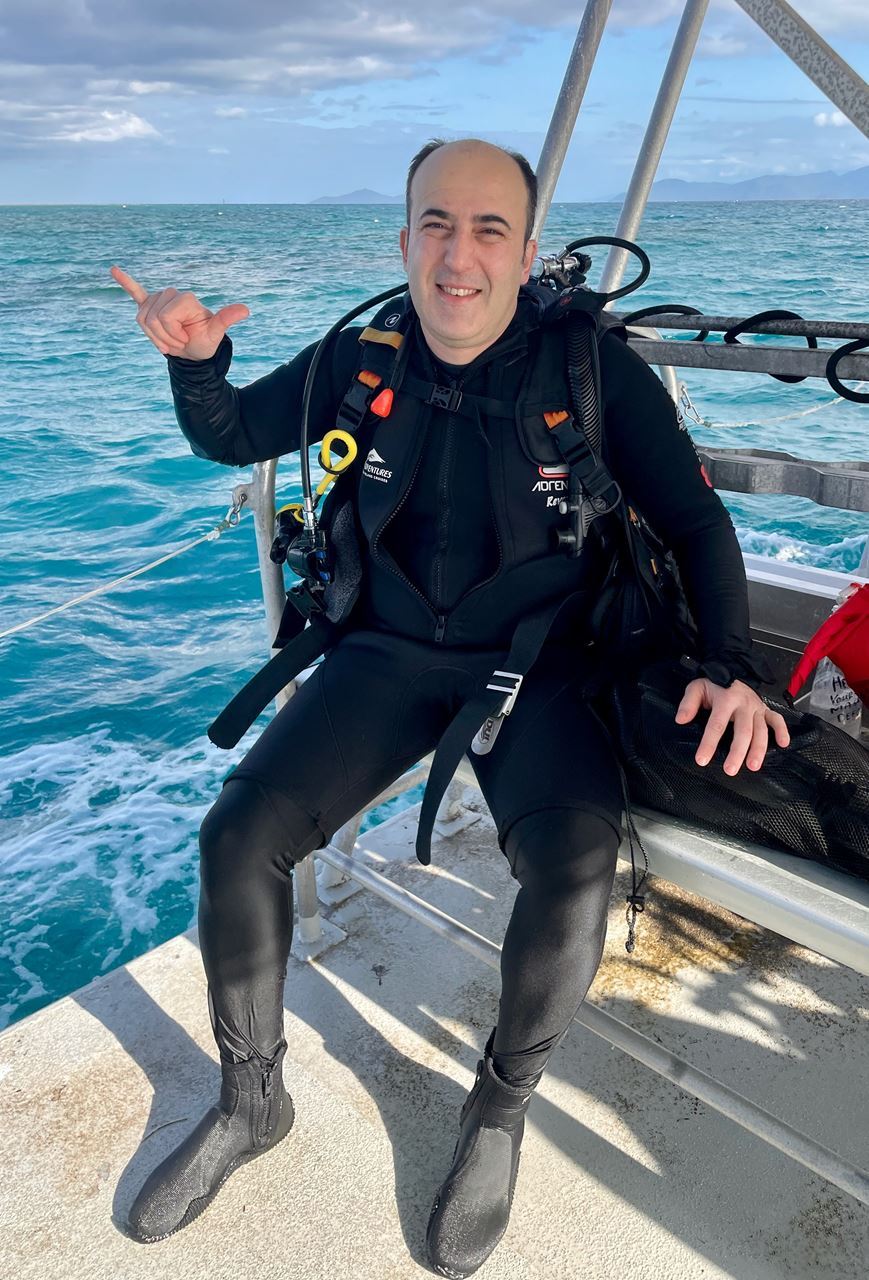 Where do you work and what do you do?
Where do you work and what do you do?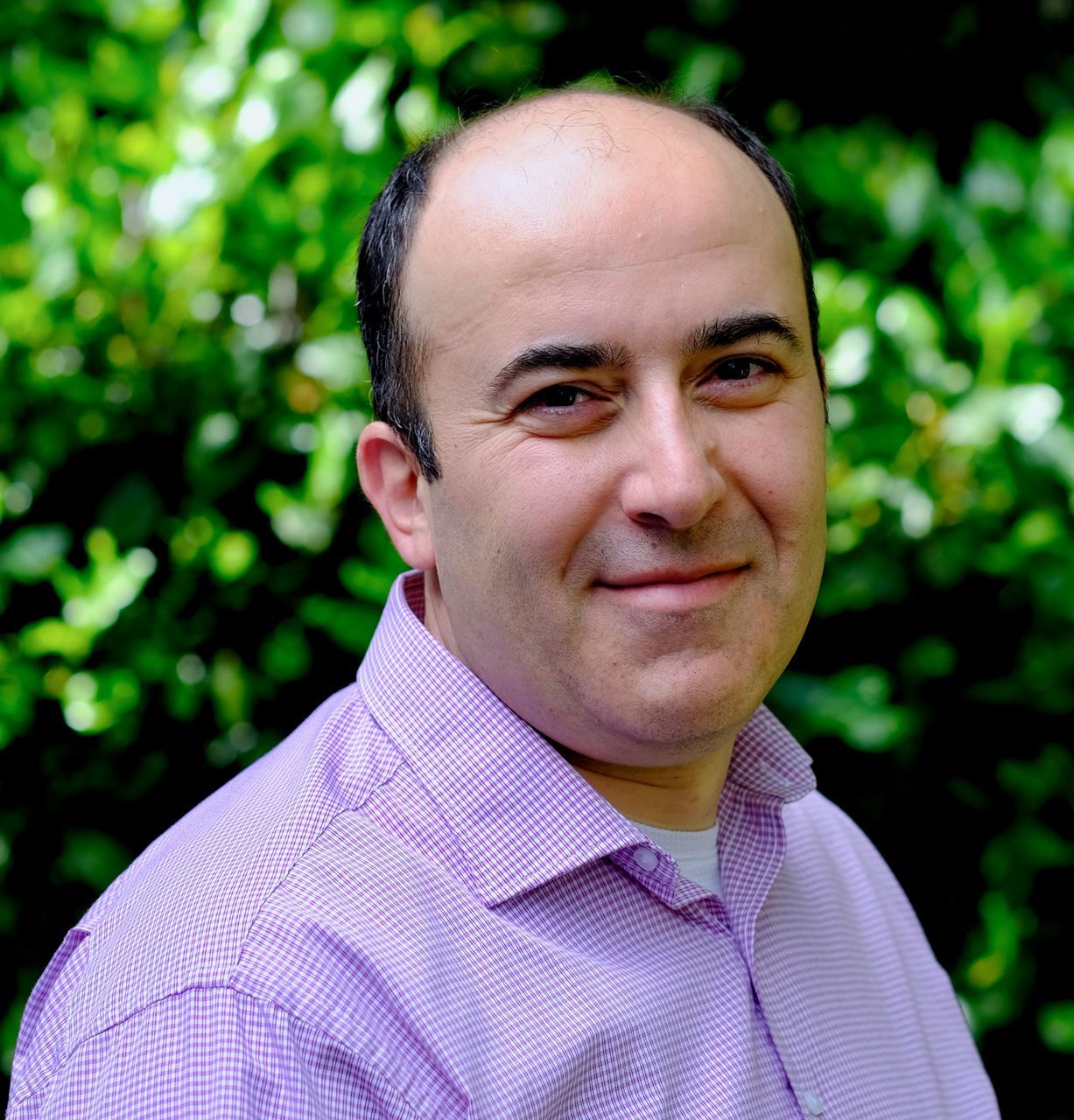 How did physics get you into your current role?
How did physics get you into your current role?